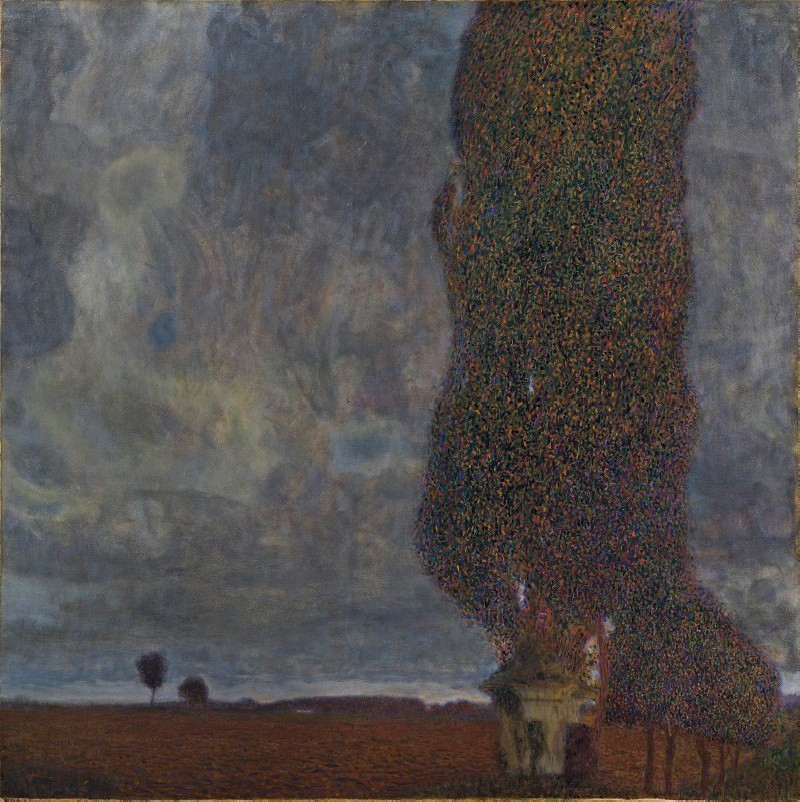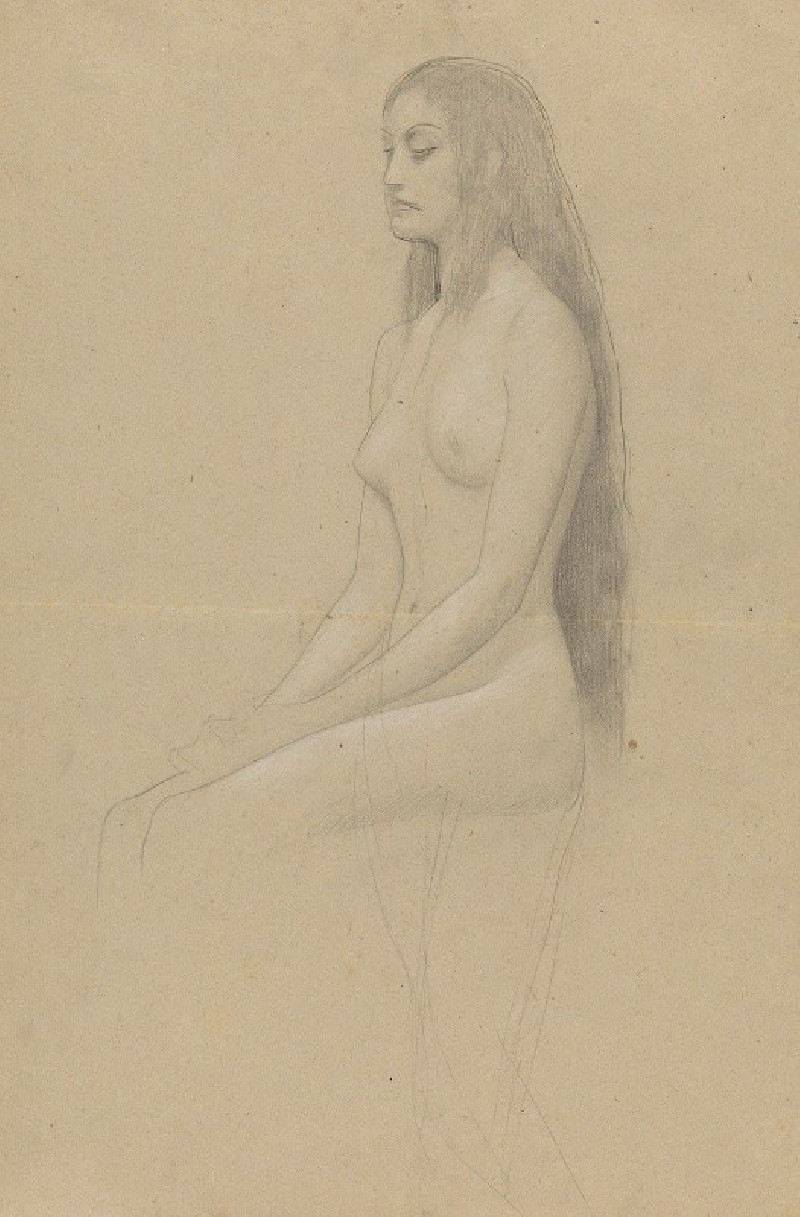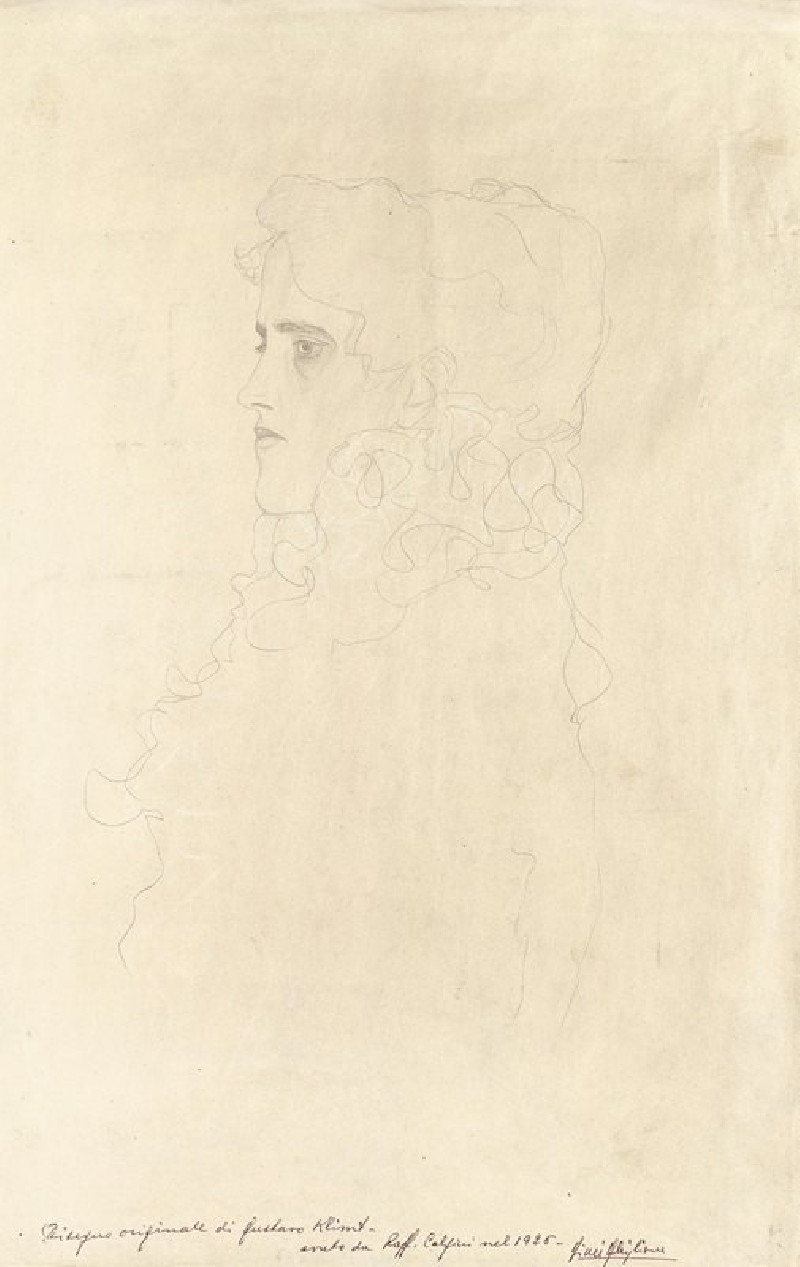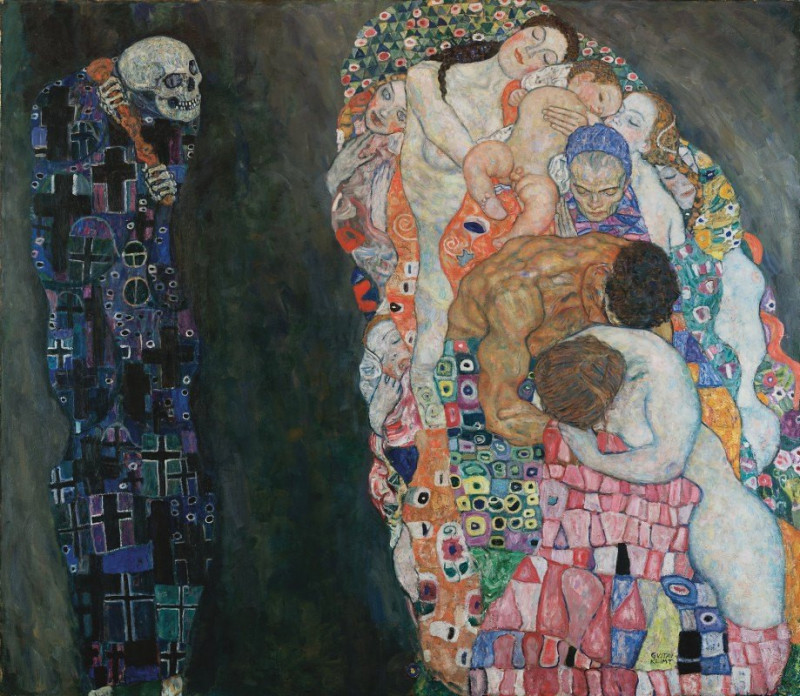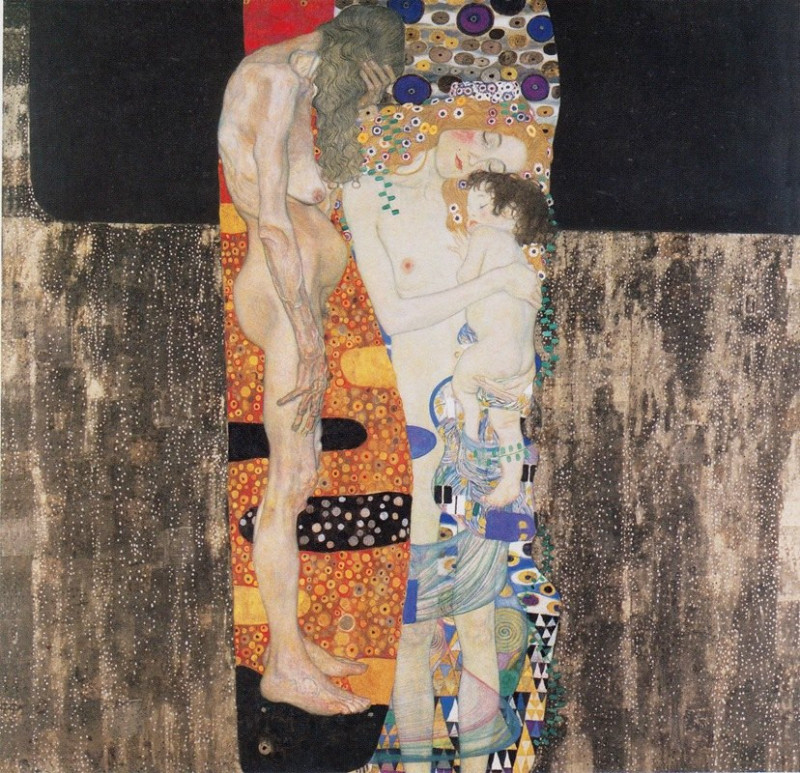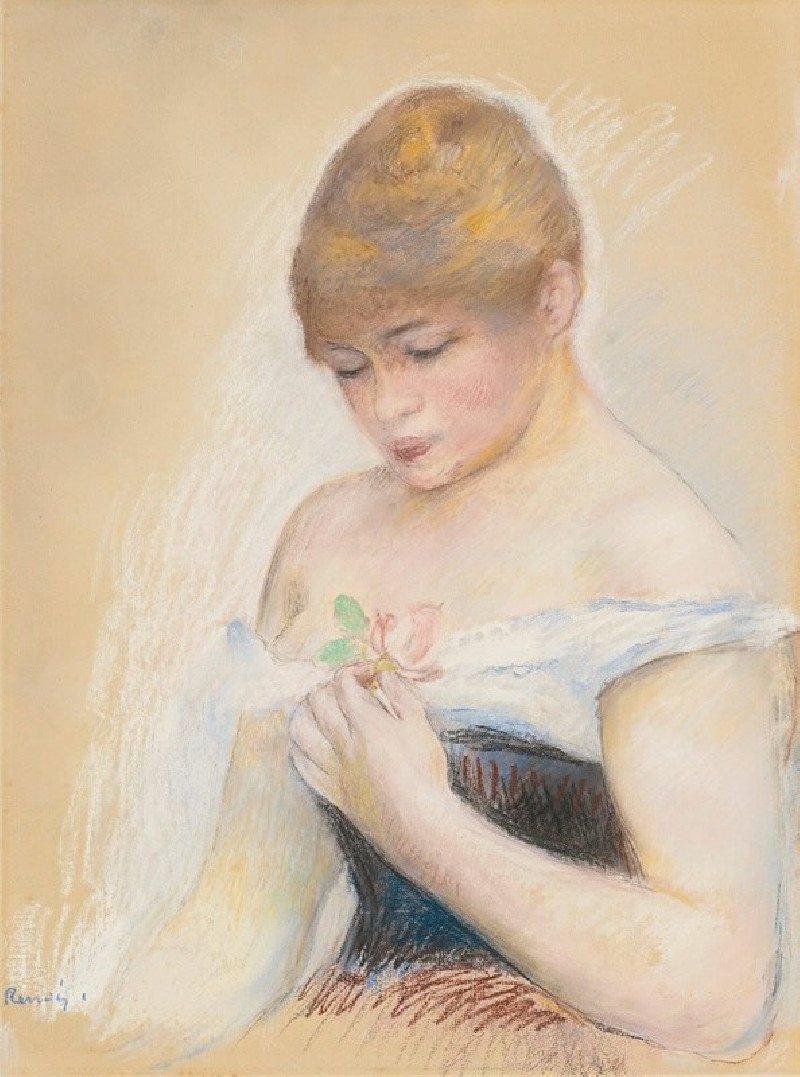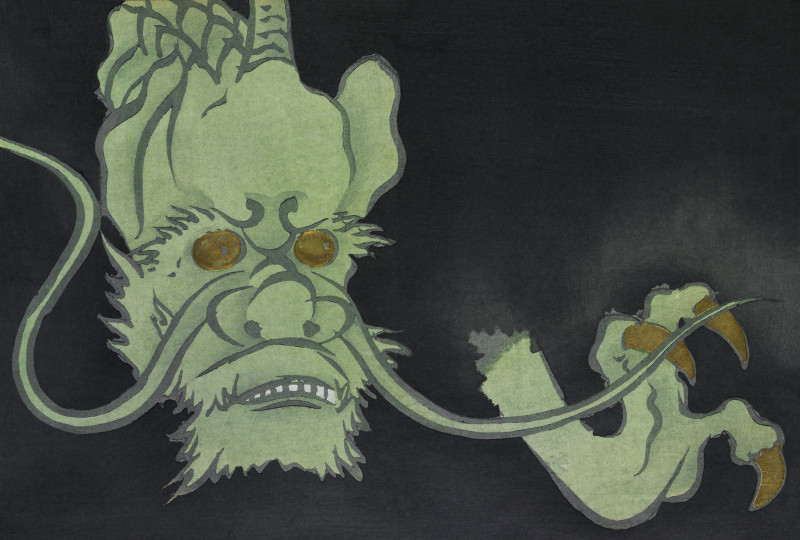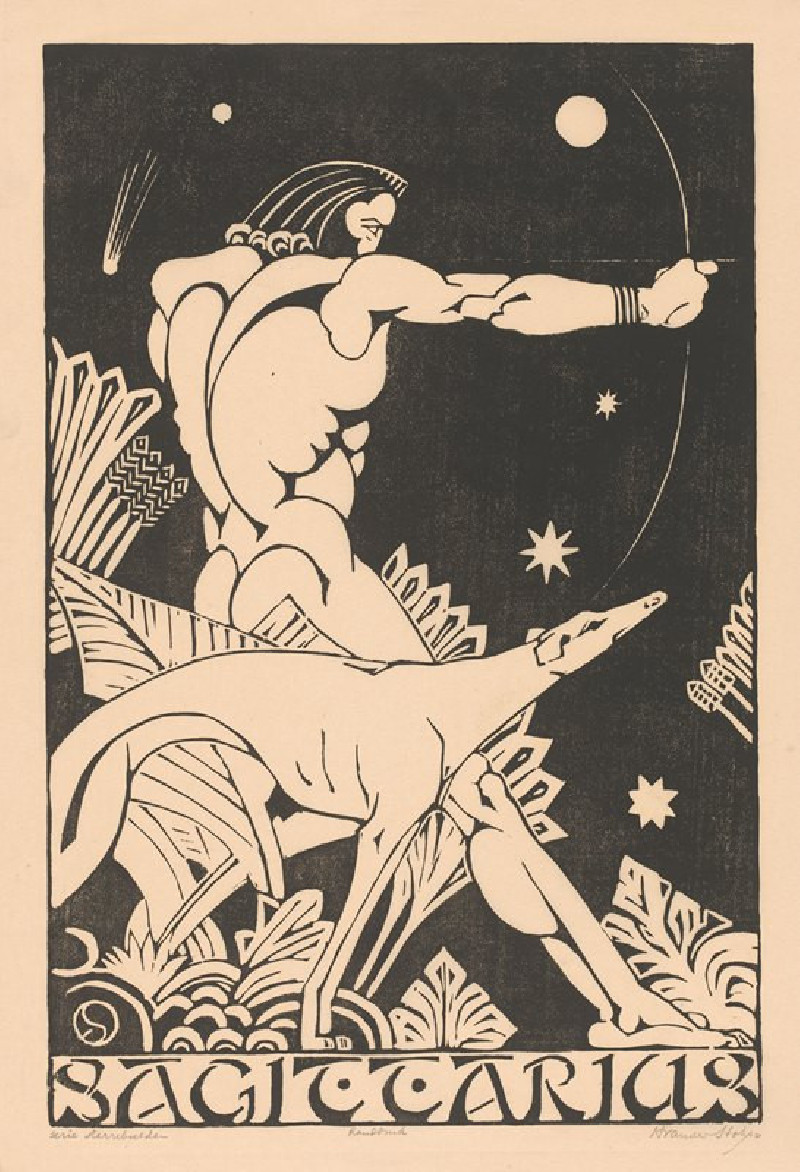Neben einem Lehnstuhl Stehende
Technique: Giclée quality print
Recommended by our customers
More about this artwork
Explore the delicate and introspective realms of Gustav Klimt’s artwork with his drawing titled "Neben einem Lehnstuhl Stehende" (Standing Next to an Armchair). This intriguing piece showcases Klimt's mastery in capturing human form with minimalistic yet expressive lines.The drawing presents a figure, likely female, standing poised beside an unseen armchair. Her posture suggests a moment of contemplation or pause, her right hand slightly raised and resting, perhaps on the back of the chair. The attire, roughly sketched, features flowing elements that hint at the fin-de-siècle style prevalent during Klimt's time. The detail in the clothing suggests movement and texture, adding a layer of depth to the otherwise simple depiction.This artwork, while not as ornate as some of Klimt’s more famous paintings, offers a glimpse into the artist's process and his ability to convey emotion and style with mere strokes. The piece is a beautiful example of Klimt’s skill in draftsmanship, focusing on form and line over color and embellishment, which invites viewers to fill in the gaps with their imagination.
Delivery
Returns
Gustav Klimt (1862–1918) was one of the greatest Austrian symbolist painters of the Art Nouveau era. Renowned as one of the most prominent founding members, and as a president of the Vienna Art Nouveau movement (Vienna Secession). His works were mainly paintings, murals, and sketches. Marked by his numerous erotic drawings, Klimt's primary subject were female figures, and at one point his work was even criticized as pornographic. Klimt found financial success in his "Golden Phase" with decorative techniques and the prominent use of gold leaf in his paintings.














